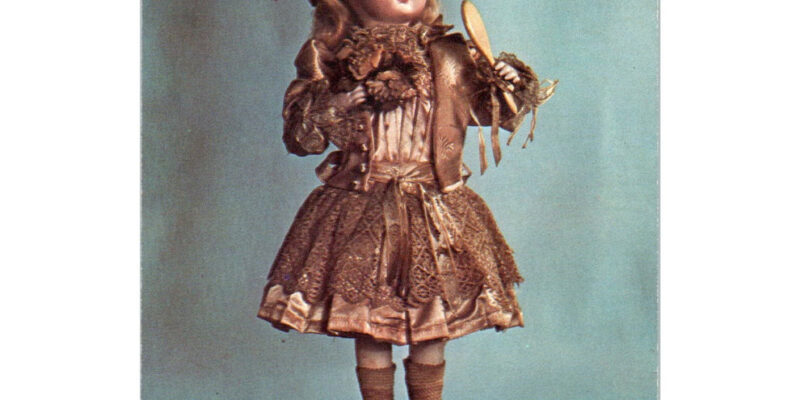Introduction
In the realm of antique advertising, typography emerges as a silent yet powerful storyteller, shaping the visual identity and narrative of bygone eras. The evolution of letterforms, fonts, and design principles in advertising reflects not only the changing landscape of marketing but also the broader shifts in societal aesthetics. Let’s delve into the artistry of antique advertising typography and unravel the visual narratives embedded in these carefully crafted letters.
The Elegance of Serifs and Script: Early Typography in Advertising
In the early years of advertising, typography played a pivotal role in conveying a sense of refinement and elegance. Serif fonts and scripted lettering were commonly used to evoke a classical aesthetic, often associated with trustworthiness and tradition. These typographic choices not only communicated the nature of the products but also contributed to the overall branding and perceived quality.
Bold and Blocky: The Rise of Sans Serif in Modern Advertising
As the 20th century unfolded, advertising typography witnessed a shift towards bold, sans-serif fonts. The clean lines and modern aesthetic of sans-serif typefaces aligned with the dynamic and progressive spirit of the time. This departure from the ornate styles of the past marked a visual revolution in advertising, emphasizing clarity and readability to capture the attention of a rapidly evolving consumer base.
Poster Typography: Communicating with Impact
In the realm of antique advertising, posters stand out as iconic canvases for typographic expression. Bold, eye-catching lettering became a hallmark of poster design, enabling advertisers to communicate messages with immediacy and impact. From Art Nouveau swirls to Art Deco geometry, the typography on vintage posters reflects not only the product being advertised but also the artistic movements and design trends prevalent in the respective periods.
The Art of Kerning: Attention to Detail
Beyond font choices, the art of kerning—adjusting the spacing between characters—played a crucial role in the visual appeal of antique advertising typography. Meticulous kerning ensured that words and phrases were not only legible but visually harmonious. This attention to detail reflected the dedication of advertisers to creating visually pleasing compositions that captured the essence of their brands.
Conclusion
Antique advertising typography is a silent maestro, orchestrating visual symphonies that resonate across time. From the elegance of early serif fonts to the bold statements of sans-serif modernity, and the impactful typography on posters, each typographic choice tells a story of its era. As we explore the artistry of antique advertising typography, we gain a deeper appreciation for the intricate dance of letters that continues to shape our visual landscape and collective memory.




















Comments